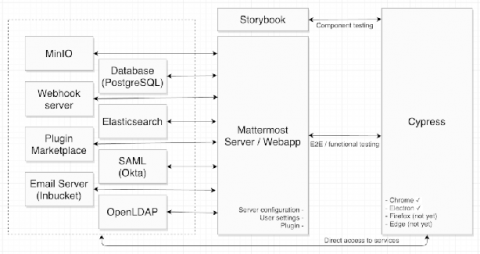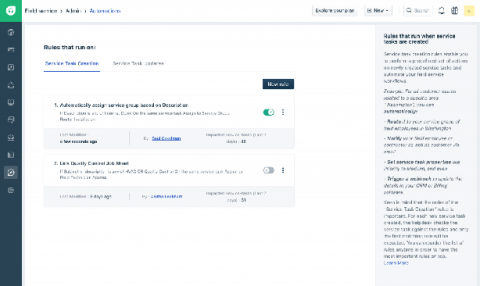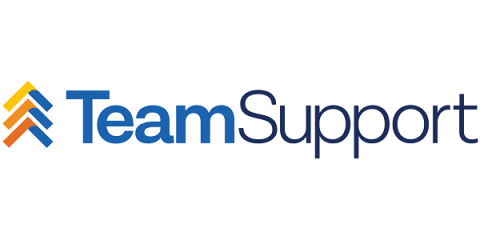How AI Can Enable Support Teams in the New Normal
Covid19 has changed the world we live in. We shop and work differently. Companies have changed their ways of operating. Businesses have been transformed to ensure employees and customers are safe. Our processes are leaner and more orientated towards digital tools. Teams found a new way to collaborate and because we need to stop the spread of the virus, we communicate more frequently with online tools. This is what is called digital transformation.











